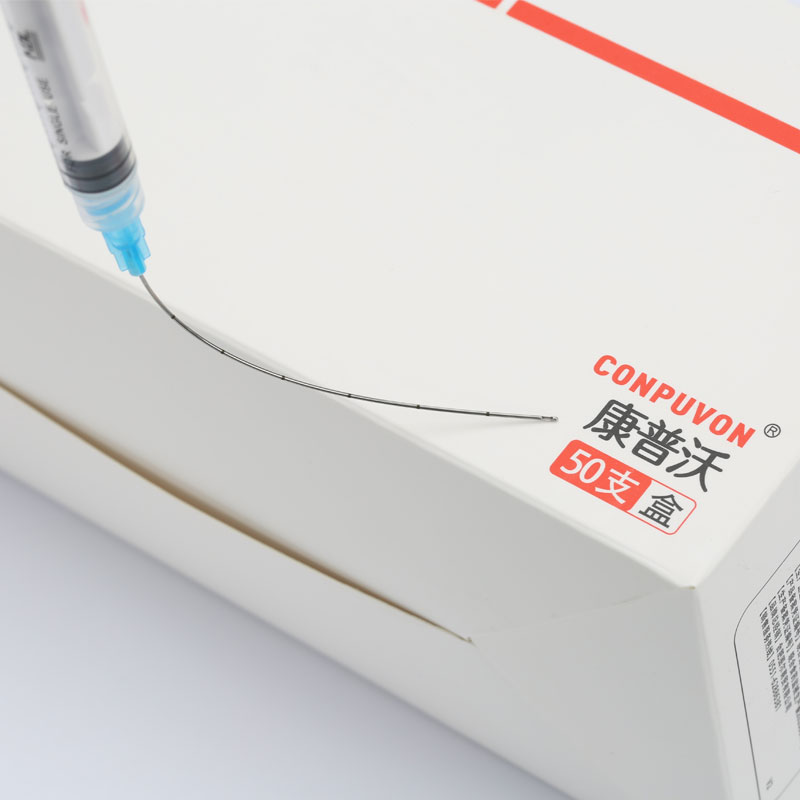Introduction to Needle Manufacturing Differences
In the medical field, needles are indispensable tools used for various procedures, including administering medications and taking blood samples. The manufacturing processes for blunt tip needles and standard needles involve distinct techniques and considerations. Understanding these differences is crucial for manufacturers, factories, and suppliers aiming to deliver products that meet the specific requirements of healthcare professionals and patients alike. In this article, we examine the various steps involved in the production of blunt and standard needles, emphasizing the key differences in their manufacturing processes.
Material Selection for Blunt and Standard Needles
Material Considerations for Needle Production
The choice of material is a fundamental step in needle manufacturing, influencing both the functionality and safety of the final product. Standard needles typically utilize stainless steel, renowned for its strength, corrosion resistance, and biocompatibility. Blunt tip needles, often used in medication preparation rather than direct injection, may also use stainless steel but with variations focusing on reducing penetration injury risks.
Stainless Steel Grades and Their Advantages
Manufacturers and factories select specific grades of stainless steel, such as type 304 or 316, for their optimal strength and ductility. These grades are also chosen due to their cost-effectiveness and ease of processing through cold drawing and swaging. Suppliers prioritize these factors to ensure that both blunt and standard needles meet stringent medical standards and patient safety requirements.
Cannula Formation in Blunt Tip Needles
Importance of Cannula in Needle Design
The cannula, a vital component of any needle, ensures smooth penetration through tissue with minimal discomfort. In the case of blunt tip needles, the cannula must also support medication withdrawal efficiently, avoiding unnecessary trauma to the medication vial.
Manufacturing Techniques for Cannulae
Factories employ advanced techniques such as laser cutting and cold forming to produce cannulae with precise curvature and flexibility. This ensures that the needle glides effortlessly through tissues or vials, reducing trauma and enhancing user experience. The emphasis on cannula design is particularly pronounced in blunt tip needles, where non-penetrating tips necessitate a focus on flexibility and curvature for optimal function.
Bevel Grinding and Tip Design Variations
Standard Needle Bevels
Bevels are ground to create the sharp tip of standard needles, facilitating smooth penetration with minimal resistance. This process involves precision grinding to achieve the correct angle, ensuring patient comfort during injections.
Design of Blunt Needle Tips
In contrast, blunt needle tips are rounded, requiring a different grinding process to achieve a non-penetrating design. Manufacturers focus on creating a durable tip that can withstand repeated use without deformation. This design minimizes the risk of needlestick injuries during medication preparation.
Hub Attachment and Needle Assembly
Connecting Cannulae and Hubs
The hub is attached to the cannula to complete the needle assembly, ensuring secure connections for safe and effective use. Standard needles require precise alignment and attachment to maintain integrity during injections.
Blunt Needle Assembly Considerations
For blunt needles, the assembly process also considers the inclusion of filter mechanisms. Suppliers must ensure these elements are robustly integrated to prevent contamination while maintaining functionality.
Sterilization Processes for Different Needle Types
Standard Needle Sterilization Techniques
Sterilization is a critical step in needle production, ensuring the elimination of any pathogens. Common methods for standard needles include ethylene oxide gas sterilization or gamma radiation, chosen for their effectiveness in penetrating packaging and maintaining sterility.
Blunt Needle Sterilization
Blunt needles may undergo similar sterilization processes, with additional attention to maintaining the integrity of filters and other components critical to their function. Factories must ensure that the sterilization process does not compromise the needle's ability to prevent contamination.
Safety Considerations and Needle Stick Injury Prevention
Risks Associated with Standard Needles
Standard needles, while effective, pose risks of needlestick injuries, which can lead to exposure to blood-borne pathogens. This is a significant concern in healthcare settings, necessitating stringent safety protocols.
Benefits of Blunt Needles in Reducing Injuries
Blunt needles significantly reduce the risk of needlestick injuries due to their non-penetrating design. Manufacturers design these needles to minimize the force required for use while maintaining functionality, thus enhancing overall safety for healthcare providers.
Blunt Needles in Surgical and Hospital Settings
Applications of Blunt Needles
Blunt needles are primarily used in surgical settings where injury prevention is paramount. They facilitate tasks like drawing medication and preparing treatments without the risk of accidental penetration.
Effectiveness in Reducing Glove Perforations
Studies indicate that blunt needles reduce the incidence of glove perforations by approximately 54%. Such numerical data underscores their effectiveness in enhancing safety in medical procedures.
Blunt Fill Needles and Filter Integration
Role of Filters in Needle Design
Blunt fill needles with integrated filters are increasingly essential in preventing contamination. These filters capture particulate matter, ensuring the purity of medications during preparation.
Manufacturing Challenges and Solutions
Incorporating filters into blunt needles presents manufacturing challenges related to maintaining structural integrity and functionality. Factories leverage innovative techniques to ensure reliable filter integration without compromising the needle's performance.
Conclusion: Choosing Between Blunt and Sharp Needles
The choice between blunt and sharp needles depends on the specific medical application and safety requirements. Manufacturers, factories, and suppliers must carefully consider these factors to deliver products that ensure patient safety and meet clinical demands. Blunt needles, with their enhanced safety profile, are increasingly favored in settings where reducing needlestick injuries is critical.
Provide Solutions
To enhance needle manufacturing, suppliers should focus on integrating advanced materials and technologies that prioritize safety and functionality. Delving into automation in production can reduce human error and increase consistency. Additionally, continuous collaboration with healthcare professionals can provide valuable insights into evolving needs, ensuring that manufactured needles meet the highest standards of safety and efficiency. By addressing these areas, manufacturers can significantly improve the quality and safety of both blunt and standard needles.
User hot search: needle blunt tip
Post time: 2025-08-16 17:48:04













